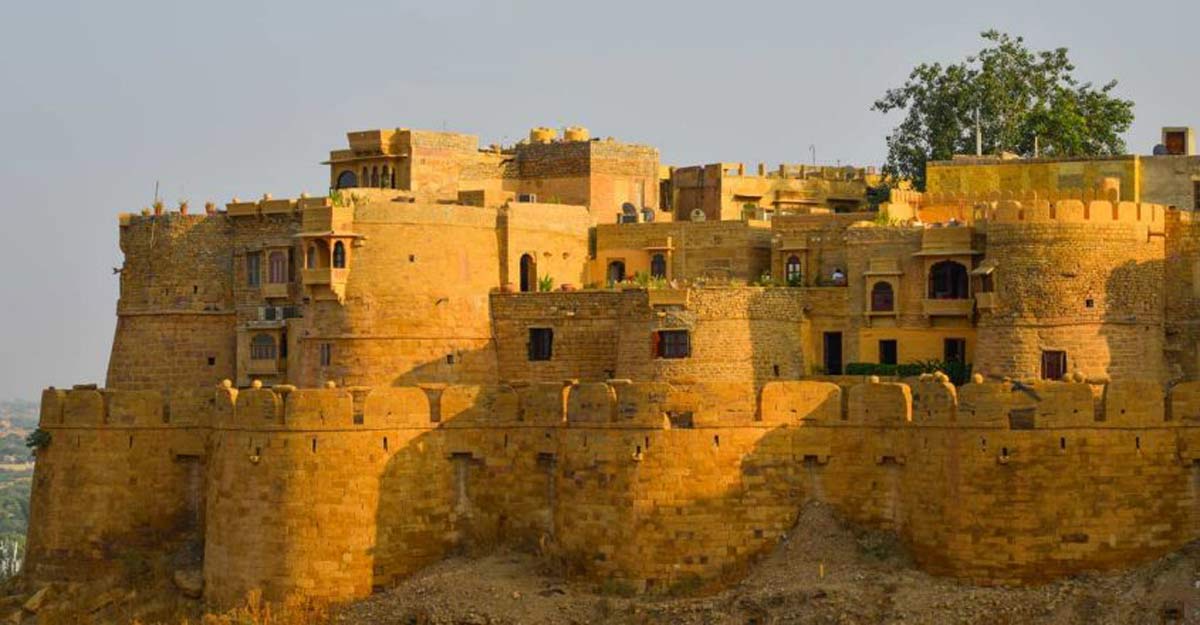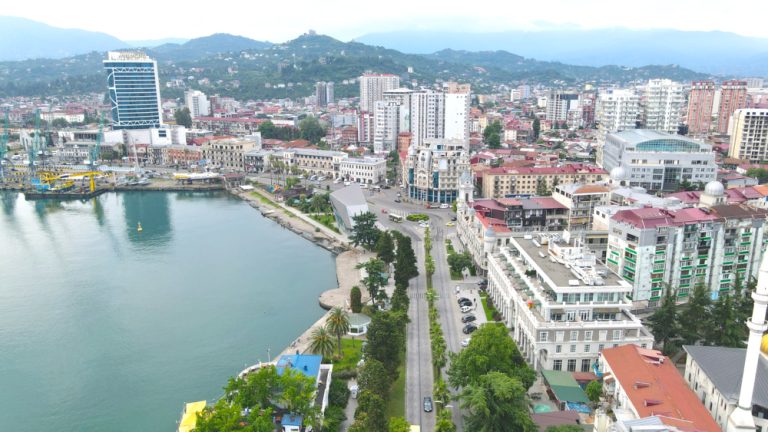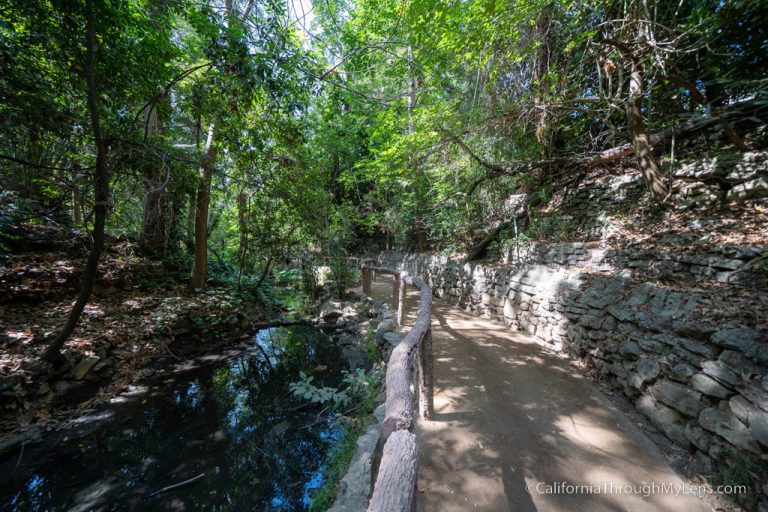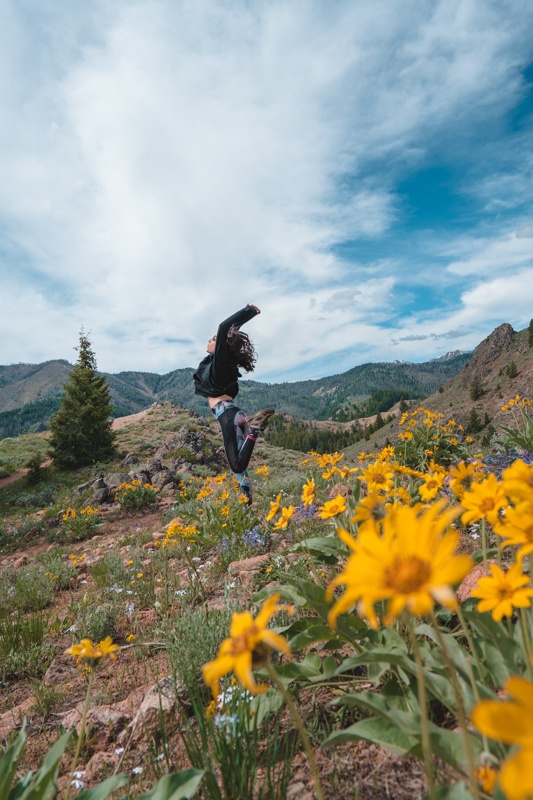Jaisalmer Fort
Jain Temples
Another attraction is the group of temples inside the walls of Jaisalmer Fort. These seven Jain temples, which were constructed between the 12th and 15th centuries, are linked by walkways and corridors. Before entering the temple, you will need to remove all leather accessories, such as belts, purses and wallets, as well as shoes. The temple dedicated to Chandraprabhu (the eighth Tirthankara) is the first in the cluster.
Attractions in Jaisalmer
Patwa ki Haveli
Fort Palace
Thar Heritage Museum, unlike most museums in the country, is privately owned and managed. LN Khatri, a local historian and storyteller, established the museum. It offers insight into the culture of the region.
Jaisalmer is centred on an important ancient camel-train route that ran through India and Central Asia. Over the years, Jaisalmer’s fortunes have fluctuated due to geopolitics and the emergence of new trading routes.
Jaisalmer Fort, one of the most impressive fortifications in the world, is Rajasthan’s only remaining fort. Jaisalmer Fort is home to approximately 3,000 people. It has homes and businesses, cafes, homestays, and cafes, as well as temples galore. Jaisalmer Fort was designated a UNESCO World Heritage Site in 2013. The fort’s sandstone walls give it a golden hue, giving it the name Sonar Quila, or Golden Fort. Jaisalmer is a living fort, making it unique. It makes it easy to imagine how life was like inside the fort all those centuries ago. You should definitely add this place while you are on your Jaisalmer Tour Package.
Jaisalmer is known as the desert city and the Golden City because of its yellow sandstone used to build the buildings. Near the Pakistan border, Jaisalmer, one of the last major towns in Rajasthan, is located in the middle of the Thar Desert.
Thar Heritage Museum
Gadisar Lake
Vyas Chhatri
Bada Bagh
Nathmal ki Haveli is perhaps the youngest of Jaisalmer’s havels. This haveli was once the residence of Jaisalmer’s prime minister. It has beautiful carvings and paintings inside.
Gadisar Lake, also known as Gadsisar Lake, is named after Gadsi Sing. It is an artificial reservoir that was, up until 1965, the only water source for the city. Many small shrines and temples are scattered along the banks of Gadisar Lake, making it even more appealing to visit. You can take a boat ride on the lake to feed the catfish, or you can just sit, watch and review the waterfowls migrate along the banks.
Dussehra Chowk is the fort’s central square. The palace, 11 stories high, towered over this square and was once the residence of the rulers. The palace’s eastern part overlooks Hawa Pol, the Gate of Winds. It offers views of the square, which was and still is the heart of all activity in the fort. The windows of the Zenana, or women’s chambers, are very similar to the buildings in Rajasthan. They offer unrestricted access to the below without the need for a person to return. Most rooms have small doors, which were designed to make the entrant bow and stoop when they enter.
Vyas Chhatri, a monument to Vyasa (the author and a character) of the epic Mahabharata, is located at the edge of the city. Vyas Chhatri is home to several cenotaphs that are dedicated to the memory of those who have died and also serves as a ground for cremation for the Pushkarana Brahmins.
Nathmal Ki Haveli

Bada Bagh, a cenotaph-garden located six kilometres from Jaisalmer, is something that must be seen. The garden is located at the foot of a hill, and several chattris (or cenotaphs) are there to honour the late rulers. The tombs and bodies are not found here.
Patwa ki Haveli, or Patwon ki Haveli, is not one haveli. It is a group of five. With their intricate carvings and views of Jaisalmer’s fort, the Havelis offer a glimpse into the rich history of this small town. These Havelis are great for anyone who is interested in culture and history.





